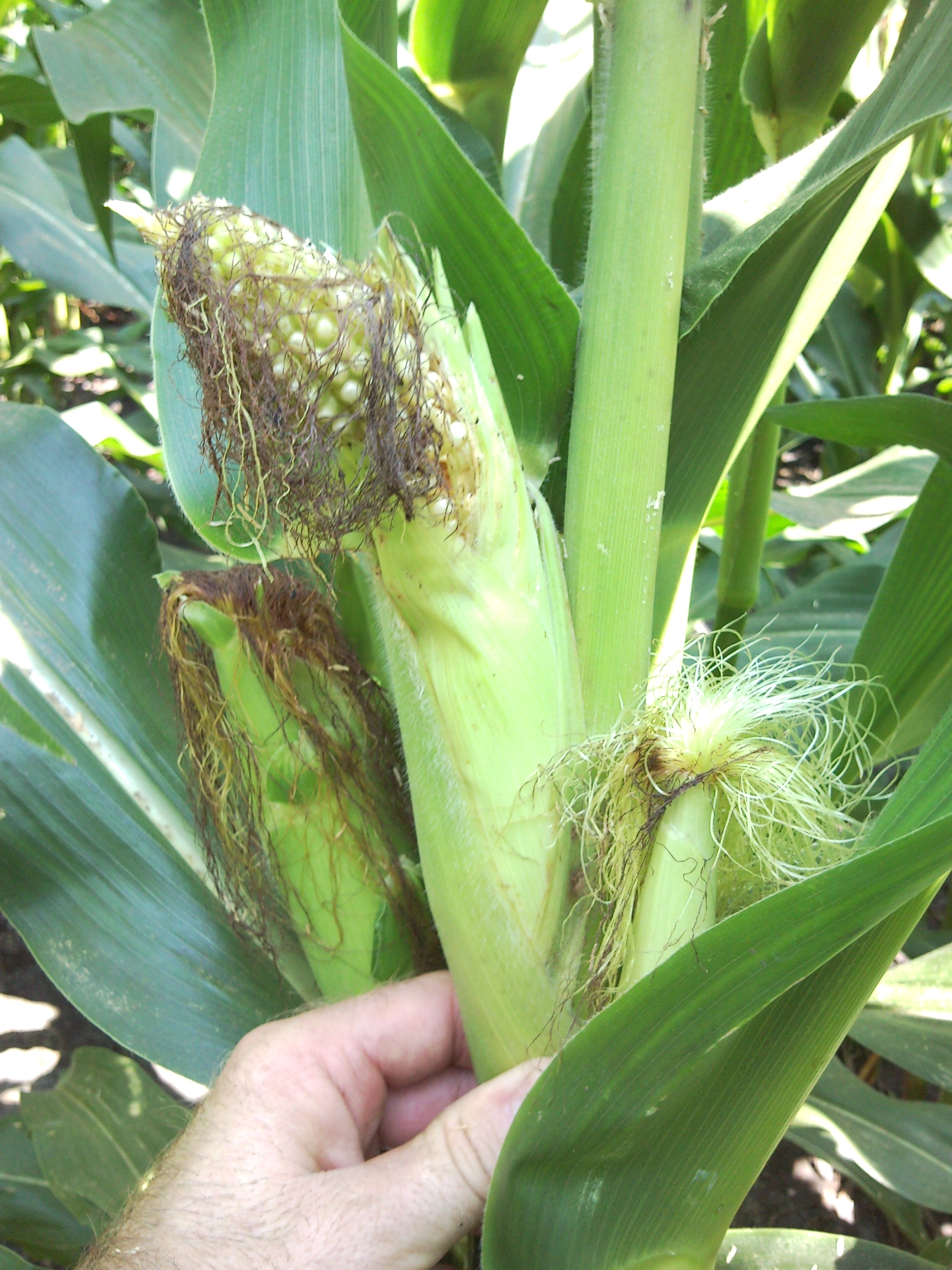Stink Bugs in Corn
go.ncsu.edu/readext?798019
en Español / em Português
El inglés es el idioma de control de esta página. En la medida en que haya algún conflicto entre la traducción al inglés y la traducción, el inglés prevalece.
Al hacer clic en el enlace de traducción se activa un servicio de traducción gratuito para convertir la página al español. Al igual que con cualquier traducción por Internet, la conversión no es sensible al contexto y puede que no traduzca el texto en su significado original. NC State Extension no garantiza la exactitud del texto traducido. Por favor, tenga en cuenta que algunas aplicaciones y/o servicios pueden no funcionar como se espera cuando se traducen.
Português
Inglês é o idioma de controle desta página. Na medida que haja algum conflito entre o texto original em Inglês e a tradução, o Inglês prevalece.
Ao clicar no link de tradução, um serviço gratuito de tradução será ativado para converter a página para o Português. Como em qualquer tradução pela internet, a conversão não é sensivel ao contexto e pode não ocorrer a tradução para o significado orginal. O serviço de Extensão da Carolina do Norte (NC State Extension) não garante a exatidão do texto traduzido. Por favor, observe que algumas funções ou serviços podem não funcionar como esperado após a tradução.
English
English is the controlling language of this page. To the extent there is any conflict between the English text and the translation, English controls.
Clicking on the translation link activates a free translation service to convert the page to Spanish. As with any Internet translation, the conversion is not context-sensitive and may not translate the text to its original meaning. NC State Extension does not guarantee the accuracy of the translated text. Please note that some applications and/or services may not function as expected when translated.
Collapse ▲Because of the dry weather, corn planting has happened quickly this year. Now plants are growing, and pest management is next on farmers’ to do lists.
One major pest of corn is stink bugs. Corn is susceptible to stink bug damage at three growing stages in the season, and most corn I’ve seen in the county has reached the susceptible early vegetative stage. This stage is from V1 to V6, or from the corn developing its first leaf to having 6 leaves fully developed with the leaf collar exposed.
Stink bugs can cause plants to be stunted or killed during this growing period. It is important to scout for these pests by checking the base of the plant on the stalk below the lowest green leaf. You will want to start on the edges of your field, because if you do not see any stink bugs there, you will likely not find them within the field. If you do see stink bugs on the edge, you will want to venture further toward the center of your field.

Injury caused by stink bugs feeding on stalks before the ear emerged (prior to tasseling)
Count the number of stink bugs you see on each plant you choose to sample. If you count 13 or greater stink bugs before you check 100 plants, you should spray. If you check 100 plants and have counted less than 6 stink bugs, you do not need to spray. If you see from 7 to 12 stink bugs per 100 plants, you will want to continue to take more samples to get a better idea of the population in your field and make a decision. Many pyrethroid insecticides are effective for brown stink bugs, but bifenthrin is the most effective. If you have any questions about scouting or treating for stink bugs, please contact Mikayla Graham at 704-441-2624.




